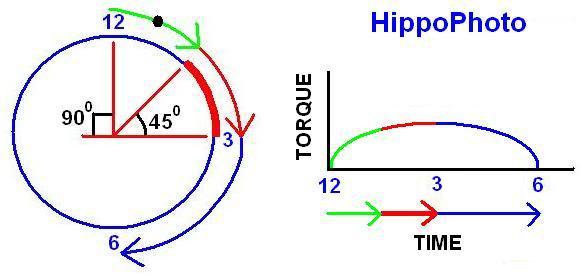- Posts
- 83,310
- Location
- Embasinga stocæ
I don't think there is an "ideal" owner test. It's just a matter of finding, if that is possible, a test that, hopefully, will give some form of repeatable, consistent guidance to the user as to whether they are ok or need to take the car for a more detailed analysis or whether it is totally gazoobered!
A minimum test would be to show that the VCU was not "good".
A minimum test would be to show that the VCU was not "good".

